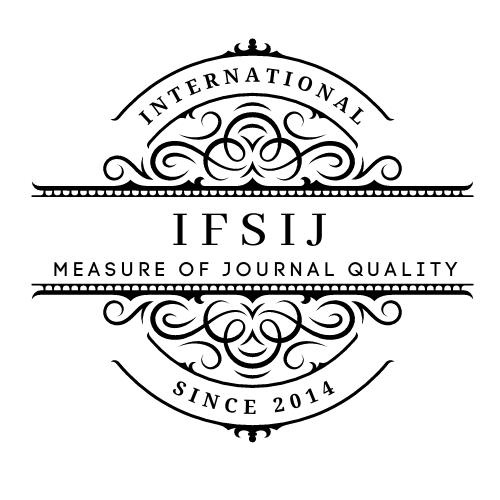MEDICINAL PROPERTIES OF THE PLANT FENUGREEK (TRIGONELLA FOENUM-GRAECUM L.) GROWN IN THE CONDITIONS OF SURKHANDARYA REGION
Keywords:
Fenugreek, Trigonella foenum-graecum L., Surkhandarya region, medicinal potential, phytochemicals, antioxidant properties, biologically active compounds, flavonoids, alkaloids, diabetes, pharmacological benefits.Abstract
The study of natural medicinal resources remains a crucial focus in modern botanical research, especially in relation to plants with significant therapeutic potential. Among them, Fenugreek (Trigonella foenum-graecum L.) has attracted the most attention due to its diverse pharmacological properties, which deserve further investigation. It is important to consider how these properties can be enhanced by adaptation to specific environmental conditions, an aspect that has often been overlooked in previous studies. This study carefully examines the medicinal properties of Fenugreek grown in the Surkhandarya region, characterized by unique climatic variations that significantly affect its biochemical composition. By using a systematic methodology that combines qualitative and quantitative analyses, this study effectively demonstrates the relationship between environmental conditions and the efficacy and health benefits of the plant. The findings reveal significant variations in the concentration of active ingredients, suggesting that regional climate change may enhance the medicinal properties of Greek Shambhala, while also offering a broader perspective on the relationship between environmental factors and plant health. Ultimately, this study provides valuable insights into the potential of using local flora to improve health, while also reinforcing the importance of sustainable agricultural practices in traditional medicine.
Downloads
Published
Issue
Section
License

This work is licensed under a Creative Commons Attribution-NonCommercial-NoDerivatives 4.0 International License.















